
To subscribe to the email, please send a blank email to: raildate+subscribe@groups.io
Raildate is a collaboration between the editor and a number of contributors. Please think about supplying links that you spot. The contact email address is: raildate.co.uk@gmail.com
There are sections on:
Raildate visited Germany last weekend. Last week's photos of trains on a hill turned out to be a more interesting story than expected. I was treated to a behind-the-scenes visit to the Erkrath-Hochdahl Railway and Local History Museum at the top of the hill on Sunday morning, hosted by the boss Herr Ralf Fellenberg. He explained how a sustained 3.3° slope (82m/270ft) on a triple-track main line was worked as an incline plane until 1926, requiring a closely-coordinated timetable of uphill trains being counterweighted by downhill trains. After 1926, three steam engines were added, one at the front and two behind, until electrification finally took over in the 1960s.
I had thought the hill was exceptional. The museum brochure claims it is now the steepest adhesion line in Europe, but I think the Rubelandbahn is probably steeper (Raildate poser answer 2024.05.03).
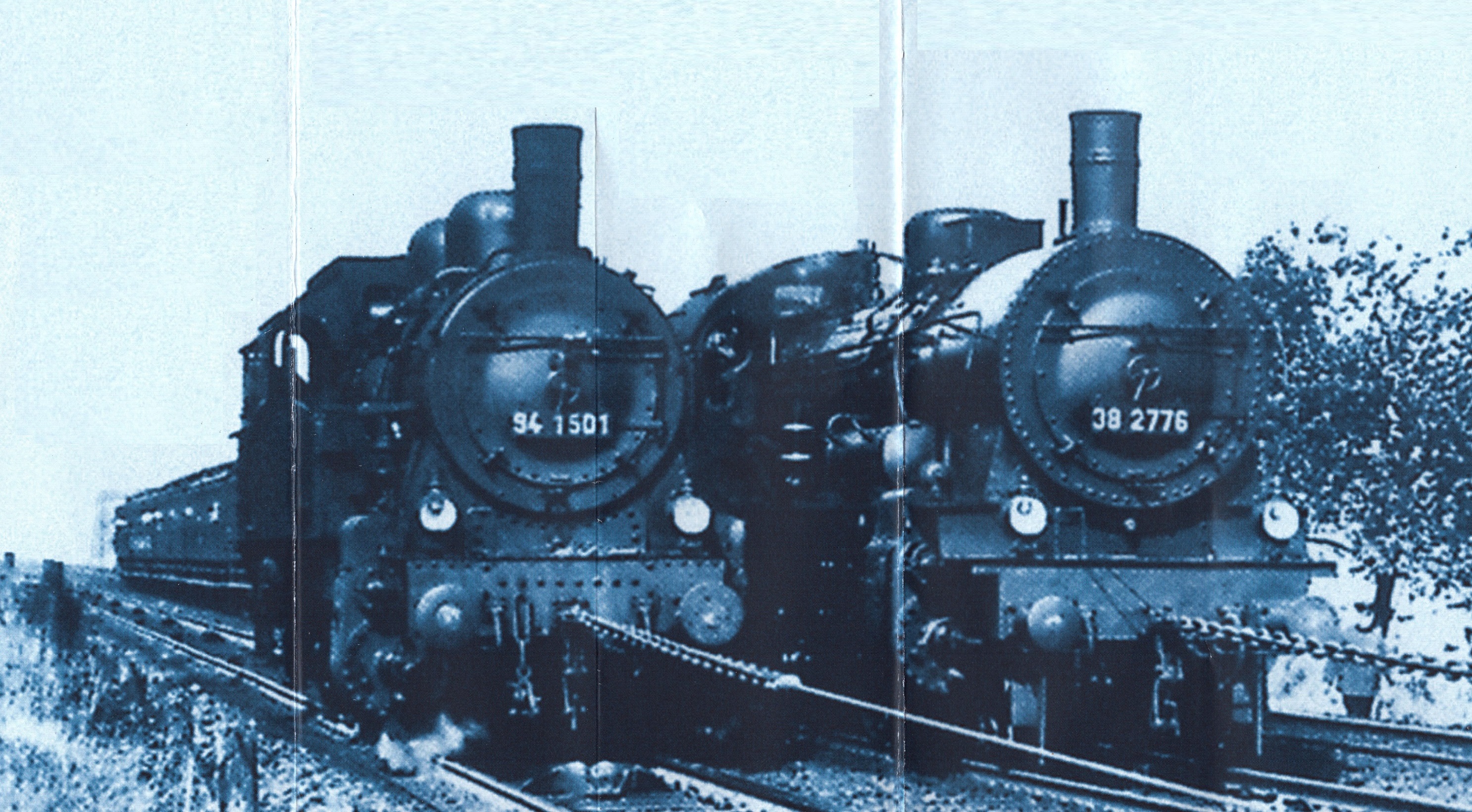
An alternative line was built in the 1890s 1km north and is now a diesel-operated S-Bahn S28. The line's continuation through Wuppertal closed in 1991 and was converted to the Nordbahntasse cycleway (see below). I took the famous Schwebebahn one way and walked back on the old railway over tall viaducts, through tunnels, looking at wayside exhibits including a Siemens electric shunter dating from 1910.
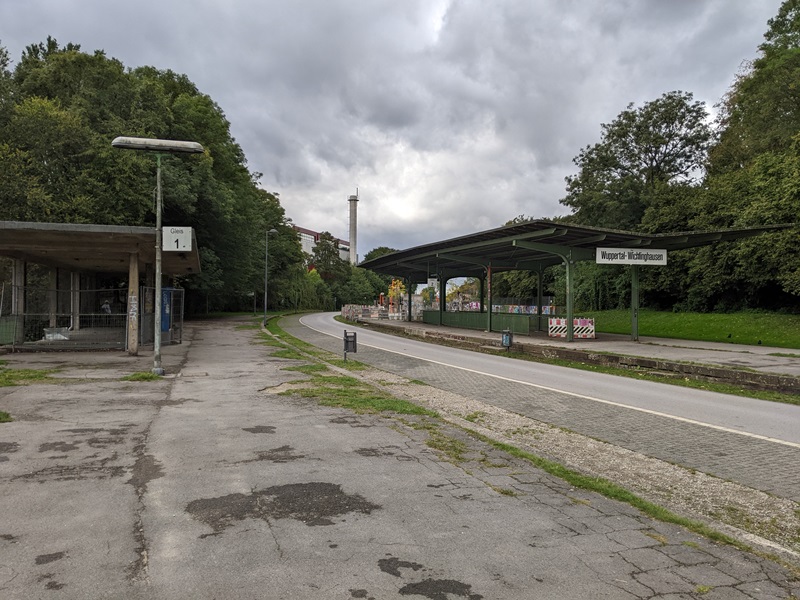
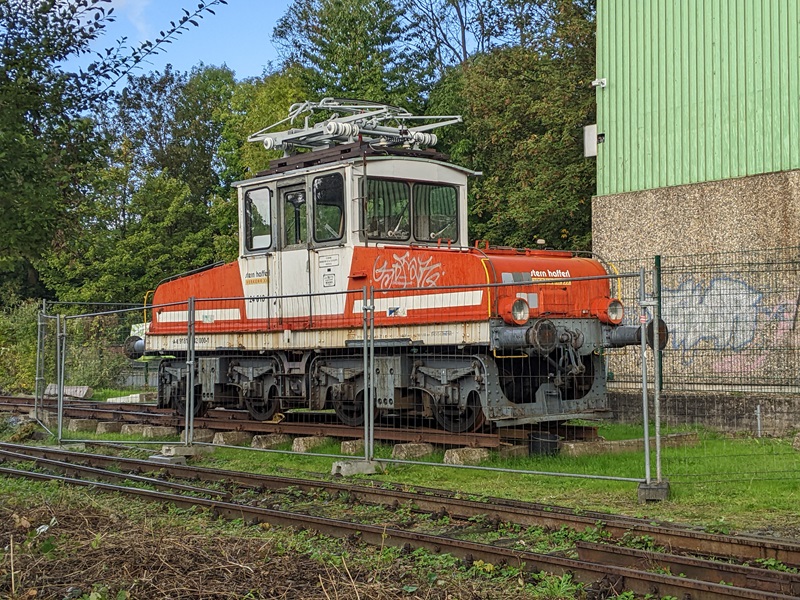
East Midlands
London
Midlands
North East
North West
Northern Ireland
Scotland
South
South East
Wales
West
Yorkshire
National
Germany
India
Japan
Air
Bus
Canal
Marine
Thank you to this week's contributors.
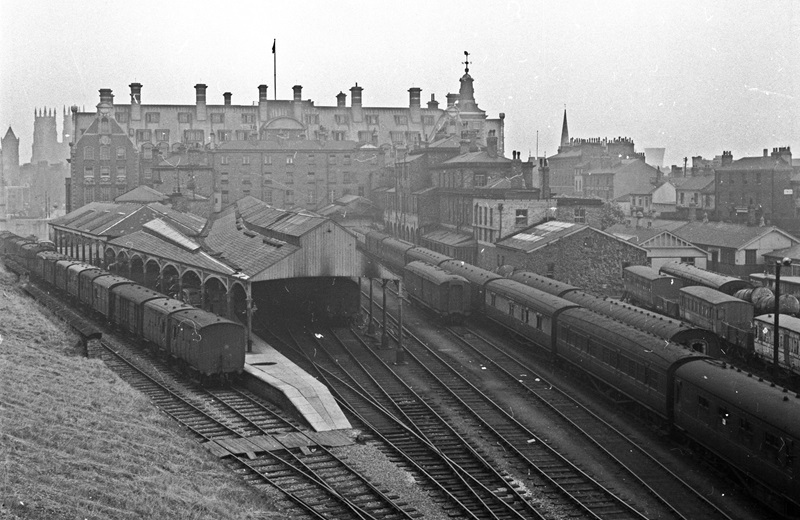
This terminus had already been closed to passengers for 75 years at the time of this 1950s photo - but then it sprang back into life for a decade. Where is it?
Please send your answers to raildate.co.uk@gmail.com
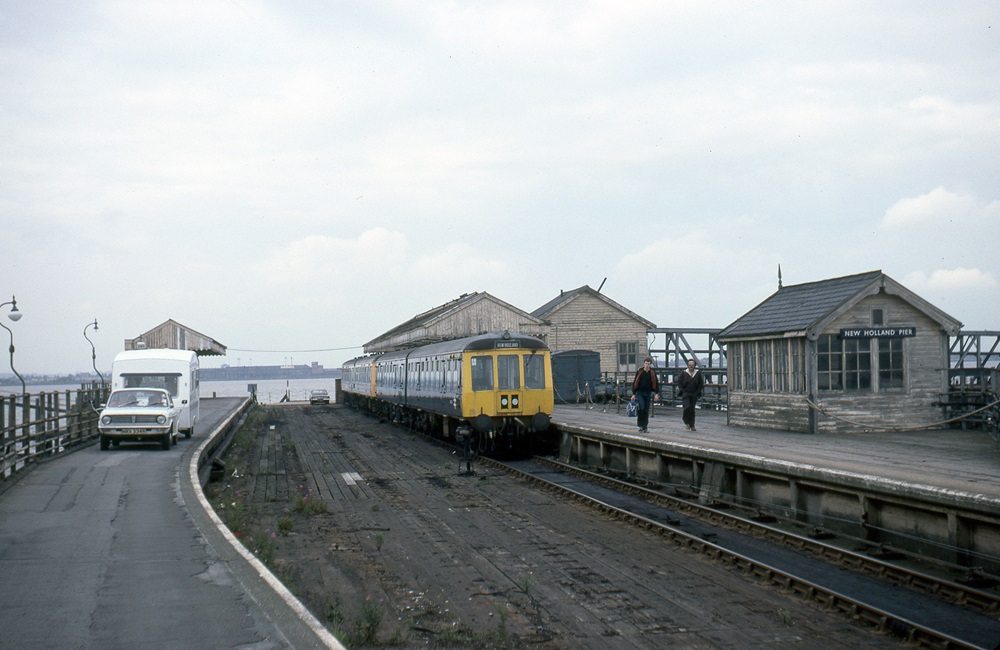
A caravan being towed on the platform in this 1980 picture. Where is it?
Answer: New Holland Pier, S Humberside. Congratulations are due to the following for their correct answers: Simon Wass, Julian Butcher, Dave Goodyear, Jim Allwood, Colin Penfold, John Czyrko, Richard Maund, John Musselwhite, Mike Rogers, Chris Parker, Phil Drake, Ian Lowe, Blair Robinson, Chris Neale, Howard Cook, Neil Kearns, Paul Hopper, Nigel Petre, Dave Mant, Mike Rapp, Brian Francis, Andy Foster, David Sharp, John Lacy, Bryn Pitcher, Tony Fox, Bernard Gudgin, Peter Dawson, Phil Deaves, Neil Spencer, Paul Tambini, Richard Shier.
Image credit: George Staddon RCTS Collection
A vehicle ferry operated across the Humber estuary until 24 June 1981, the day the Humber Bridge opened. Trains between Grimsby and Barton-on-Humber would reverse on the pier, now they take the former loop and New Holland station has been relocated further south. The pier is still rail connected, servicing a grain terminal.
Two coal-powered paddle-wheel ships operated the route until 1972 - Tattershall Castle and Wingfield Castle. They were replaced by Lincoln Castle - which later gave its name to the New Holland bypass - operating a single-ship service. Farringford (picture below), the first diesel ferry, took over in 1974 and lasted until closure. More detail of the lives of these vessels is available at one of my other websites: Simplon Postcards
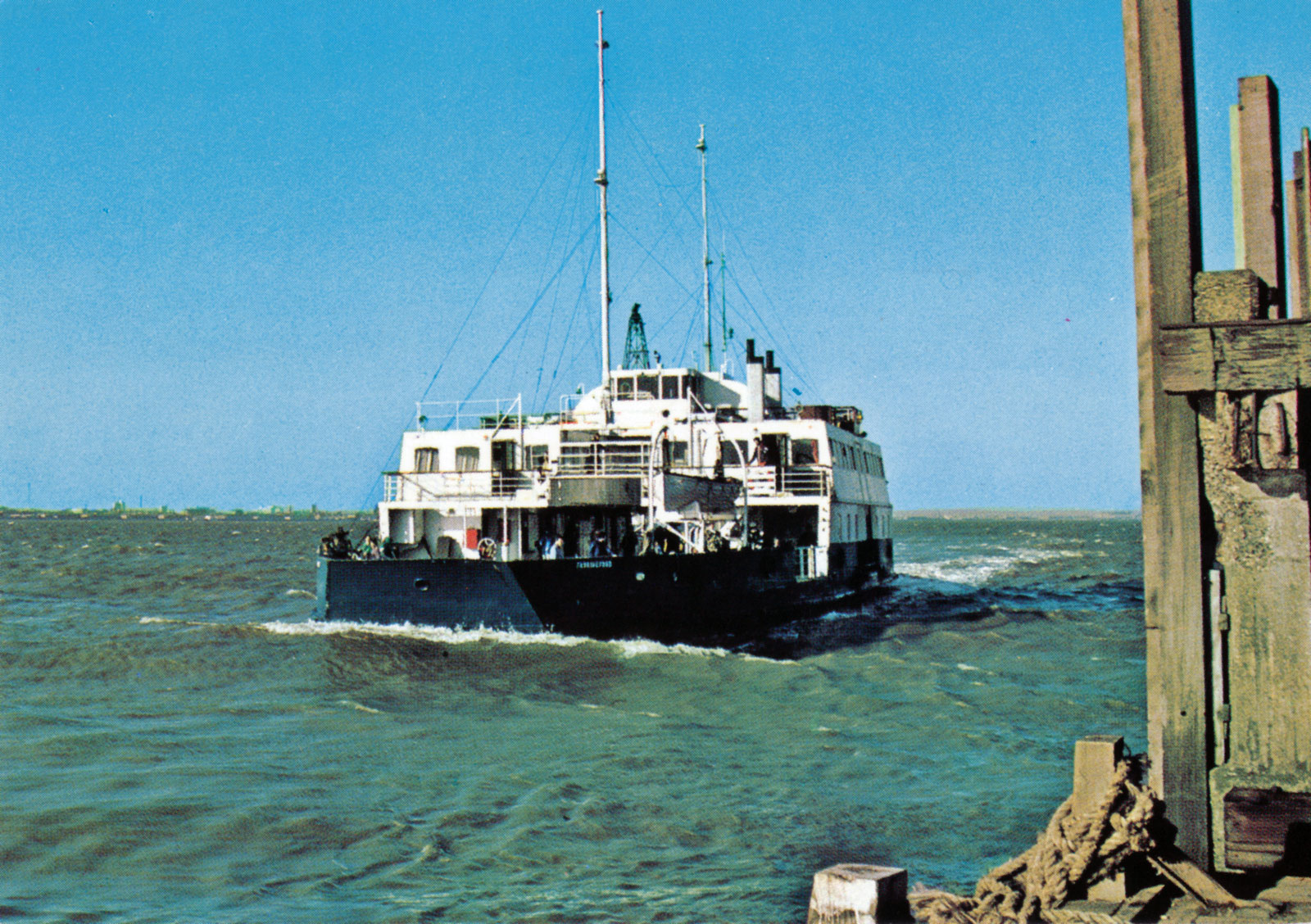
We welcome links to publicly available online news items and videos from anywhere in the world. Despite its name, Raildate covers all transport modes, including also bus, tram, air, and marine.
Raildate may be freely distributed without permission as long as no changes whatsoever are made to the original document distributed by the Editor.
The main Raildate website https://raildate.co.uk includes a history of Raildate by the founding editor Howard Sprenger and archived editions from 1996 to the present.
Facebook members are encouraged to join the Raildate group.
© Matthew Shaw 2024